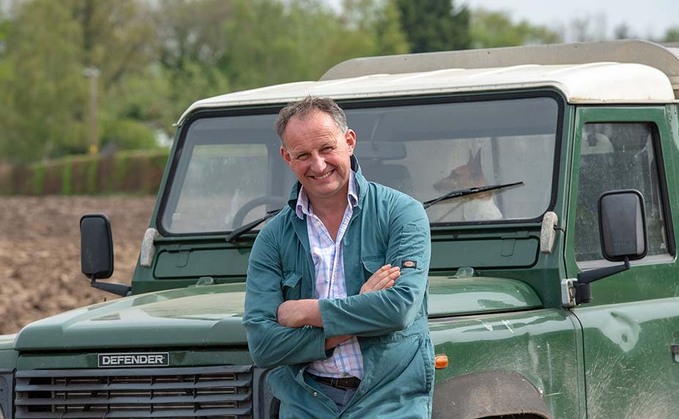
June is here and looking like being ‘flaming June'. May's monsoon conditions provided challenges. The light land herd managed to stay out with supplementary silage feeding early on, the farm with the...

June is here and looking like being ‘flaming June'. May's monsoon conditions provided challenges. The light land herd managed to stay out with supplementary silage feeding early on, the farm with the...
New survey says Christmas 2025 will see consumers blend tradition with convenience
The organisation has issued an urgent call for further donations to ensure construction can start in 2026
Farming in the hills of Mid Wales, one family are working hard to secure the future of their farming system